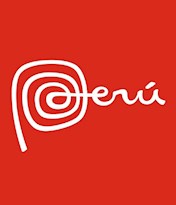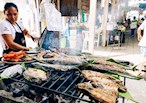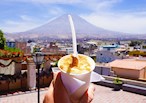The coastal plains of northern Peru, where golden sands meet the vast expanse of the Pacific, have long been overshadowed by the fame of the Andes and the mysteries of the Amazon. Yet, those who venture here discover a land rich in history, culture, and unique gastronomy. From the ancient Moche and Chimu civilizations to the contemporary Afro-Peruvian influences, the North Coast of Peru offers much more than the sun and surfing.
 Horses on the Zorritos beach - Credits: La Posada de los Tumpis
Horses on the Zorritos beach - Credits: La Posada de los Tumpis
 These kind of boardwalks are common on the North Coast - Credits: Torres Luis
These kind of boardwalks are common on the North Coast - Credits: Torres Luis
Discoveries beyond the beach
Before hitting the beaches, it would be a shame not to visit some of the magnificent cultural and natural landmarks of the region. For example, just a few minutes' drive from Trujillo stands Chan Chan, the world's largest adobe (clay bricks) city. Once the capital of the Chimu Empire, which was conquered by the Inca Empire in 1470, this UNESCO World Heritage site boasts intricate carvings, ceremonial plazas, and vast courtyards, with an especially astonishing irrigation system that made life in this desert city flourish.
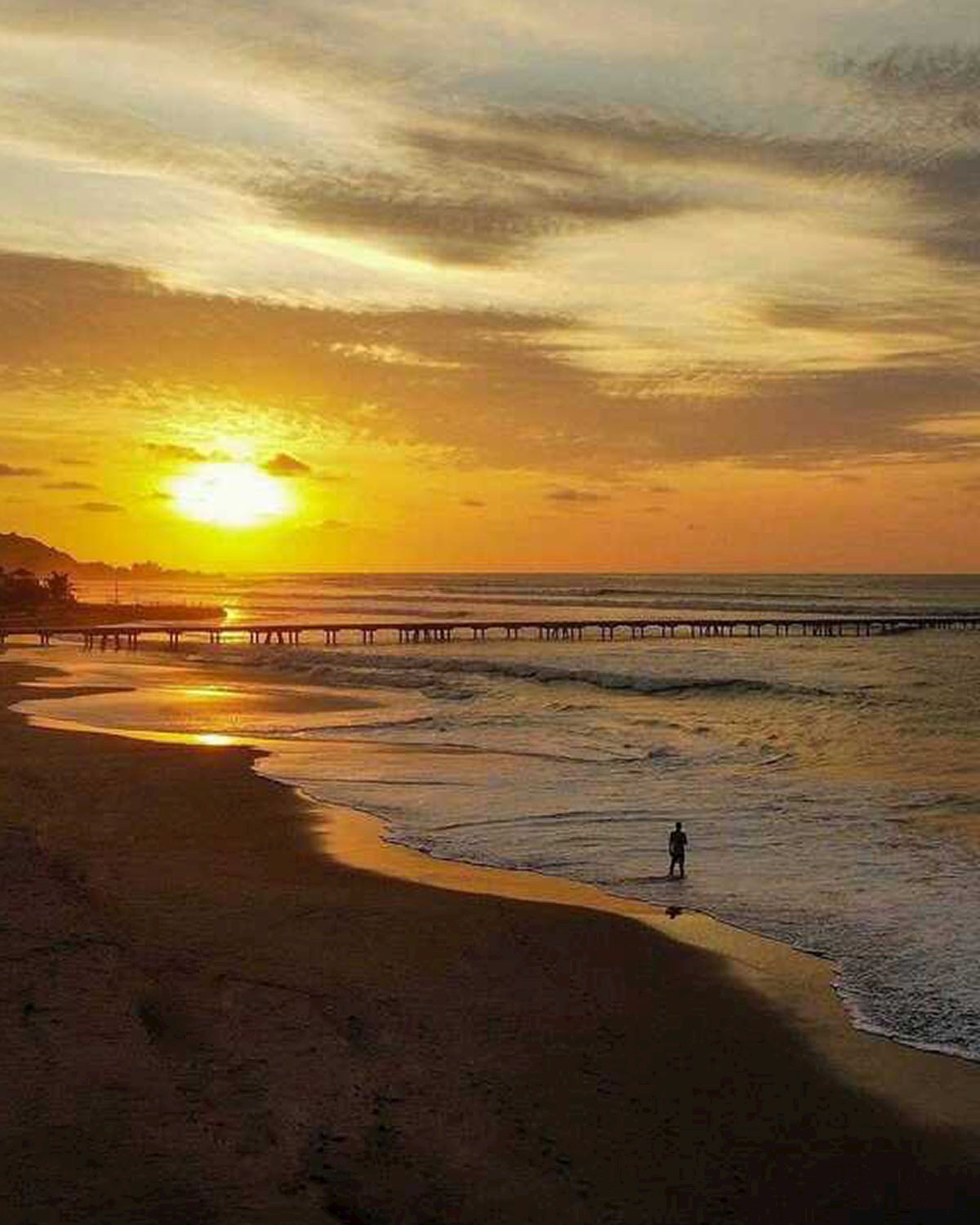 Sunset over Zorritos beach - Credits: Visit Peru
Sunset over Zorritos beach - Credits: Visit Peru
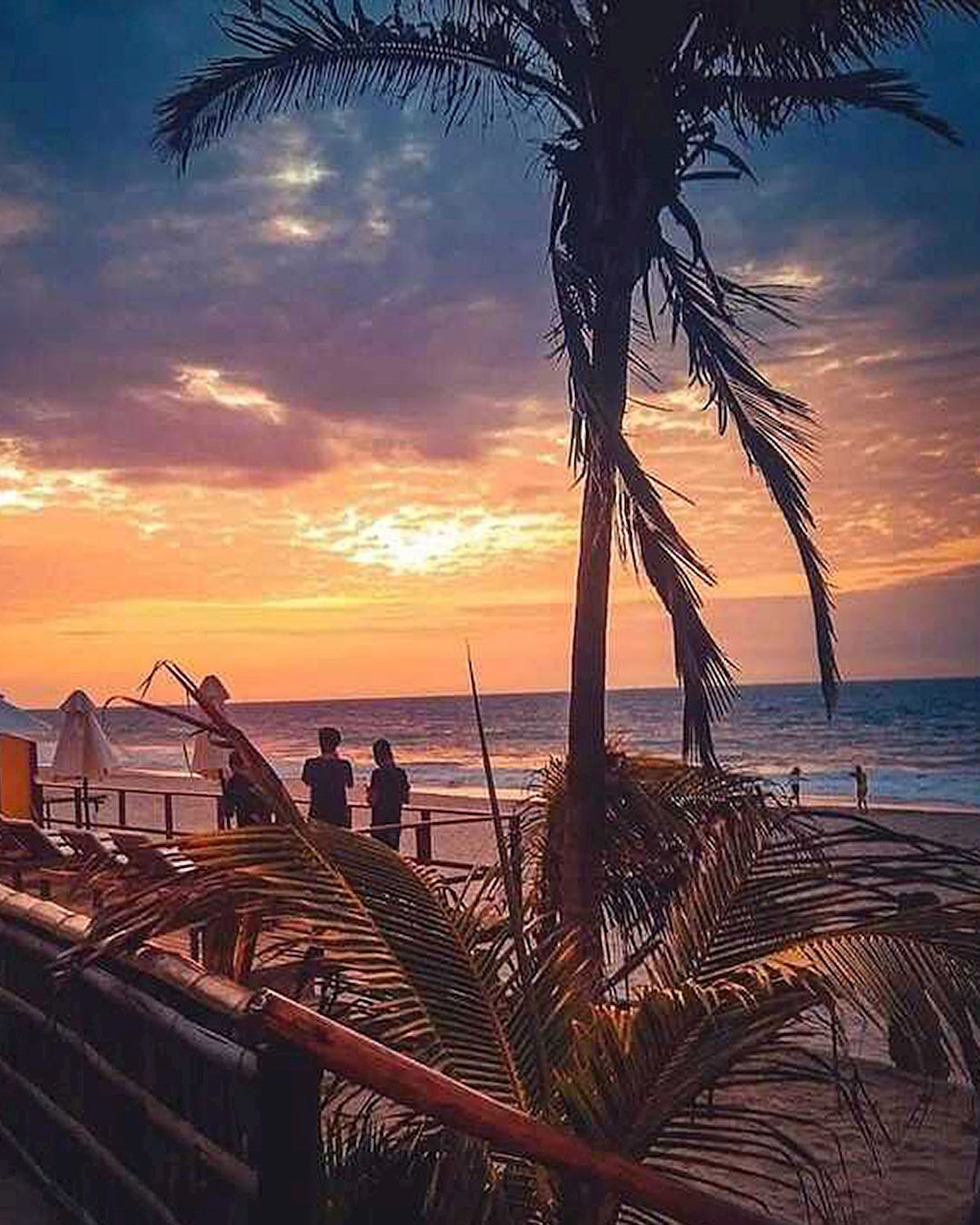 Sunset over Punta Sal - Credits: Agencia Mancora Travel SAC
Sunset over Punta Sal - Credits: Agencia Mancora Travel SAC
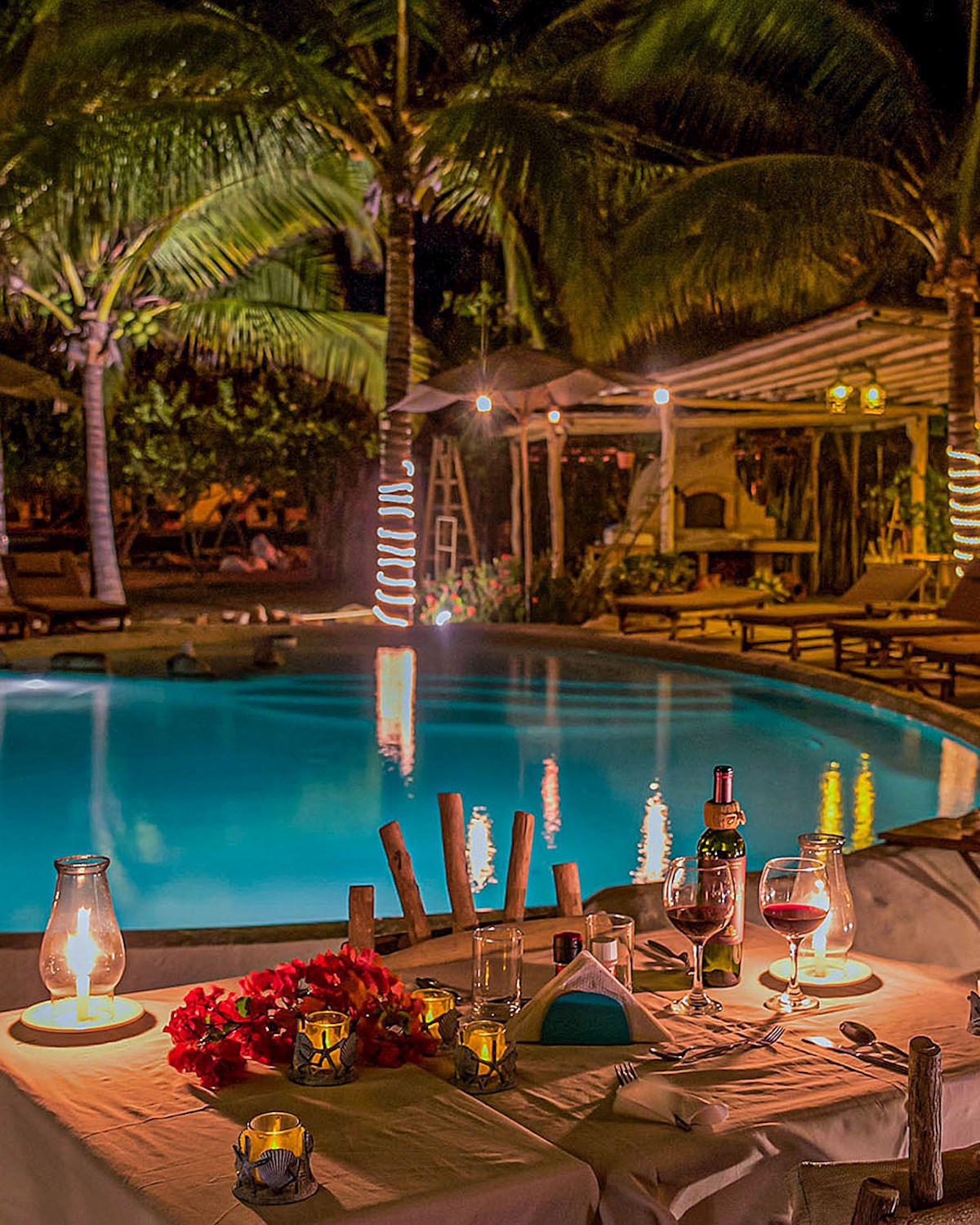 North Coast has a lot of options for enjoyment - Credits: La Posada de los Tumpis
North Coast has a lot of options for enjoyment - Credits: La Posada de los Tumpis
Not far from Chan Chan, one might find the Huaca del Sol and Huaca de la Luna adobe pyramids, remnants of the Moche civilization that lived in this region from 100 to 700 AD. After all these years, stunning frescoes still vividly depict rituals, ceremonies, and tales of mythology, and Peru is trying to preserve as much as of this historical treasure as possible for future generations.
 Grinding of chilli peppers - Credits: Shutterstock
Grinding of chilli peppers - Credits: Shutterstock
El Brujo is a site that blends the two dominant pre-Incan civilizations of this region, the Moche and Chimu cultures. This archeological complex is famed for its ornately decorated pyramids and the discovery of the Lady of Cao, a tattooed mummy indicative of a high-status woman or priestess.
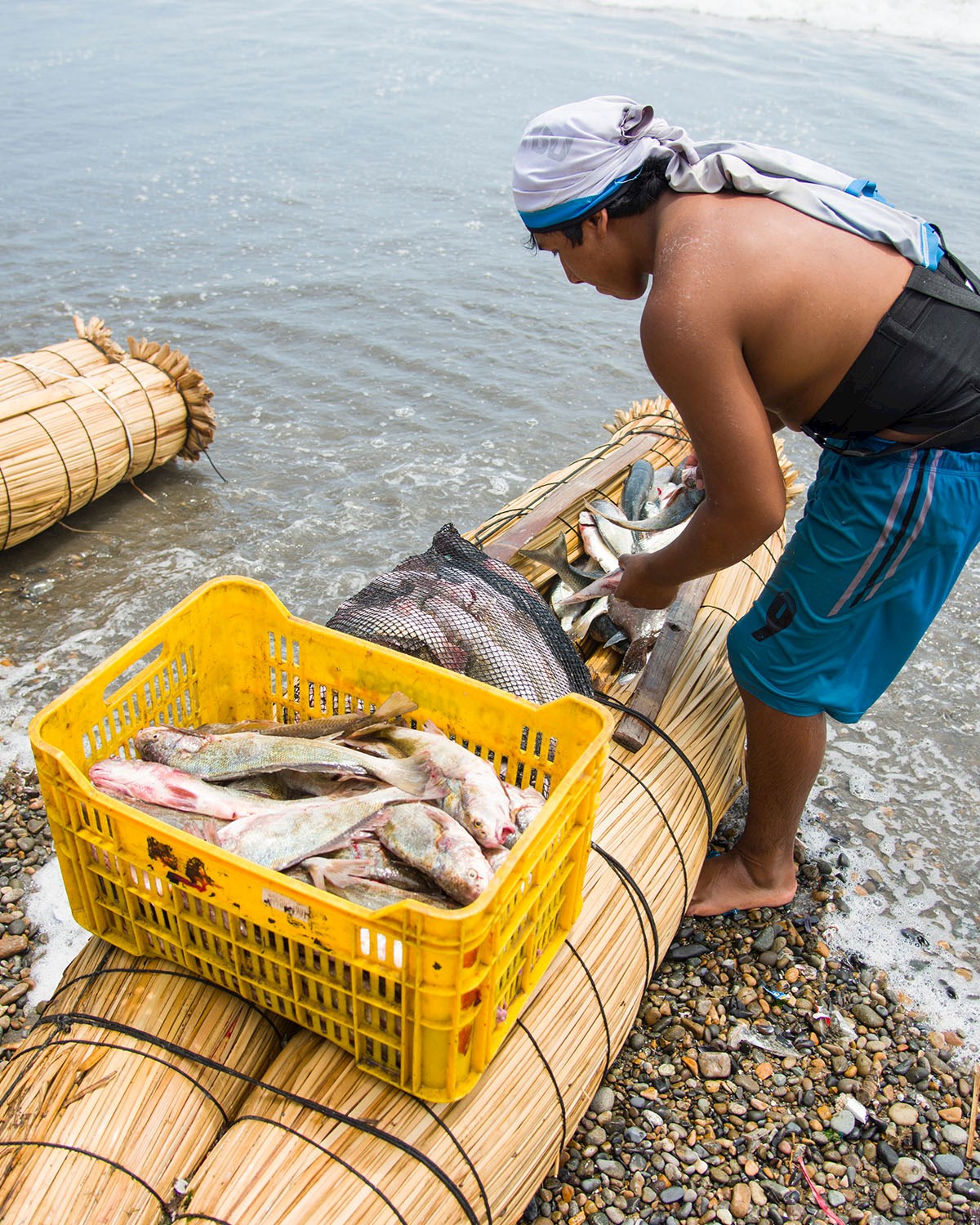 Fresh fish is one of the calling cards of North Coast - Credits: Shutterstock
Fresh fish is one of the calling cards of North Coast - Credits: Shutterstock
And finally, the seaside, the ocean, and the sun. A haven for beach lovers and surf enthusiasts, Máncora, with its golden sands and turquoise waters, is synonymous with surfing and relaxation. A little bit north is the iconic Punta Sal, often dubbed not only as one of the most beautiful beaches in Peru, but in the world. Pristine sands, crystal-clear waters, and a tranquil ambiance make it a favorite retreat for both locals and tourists.
Along the coast, on the northern tip of Peru, travelers will find Manglares de Tumbes National Sanctuary, a thick mangrove forest brimming with life: crabs, delicious black clams, birds, and unique plant life. East from here, there is another spectacular biodome to see: Cerros de Amotape National Park. Home to hundreds of species, like howler monkey, ocelot, jaguar, and American crocodile, this park is a great option for hiking and canoeing.
Gastronomic gifts of the North Coast
The North Coast’s culinary legacy is a sumptuous blend of indigenous traditions and Spanish, African, and Asian influences. The proximity to the vast Pacific Ocean blesses the North Coast with an abundant seafood harvest, making marine delights a staple in its culinary repertoire. Although seafood rules the coast, the region's love for meats, especially goat and duck, is undeniable.
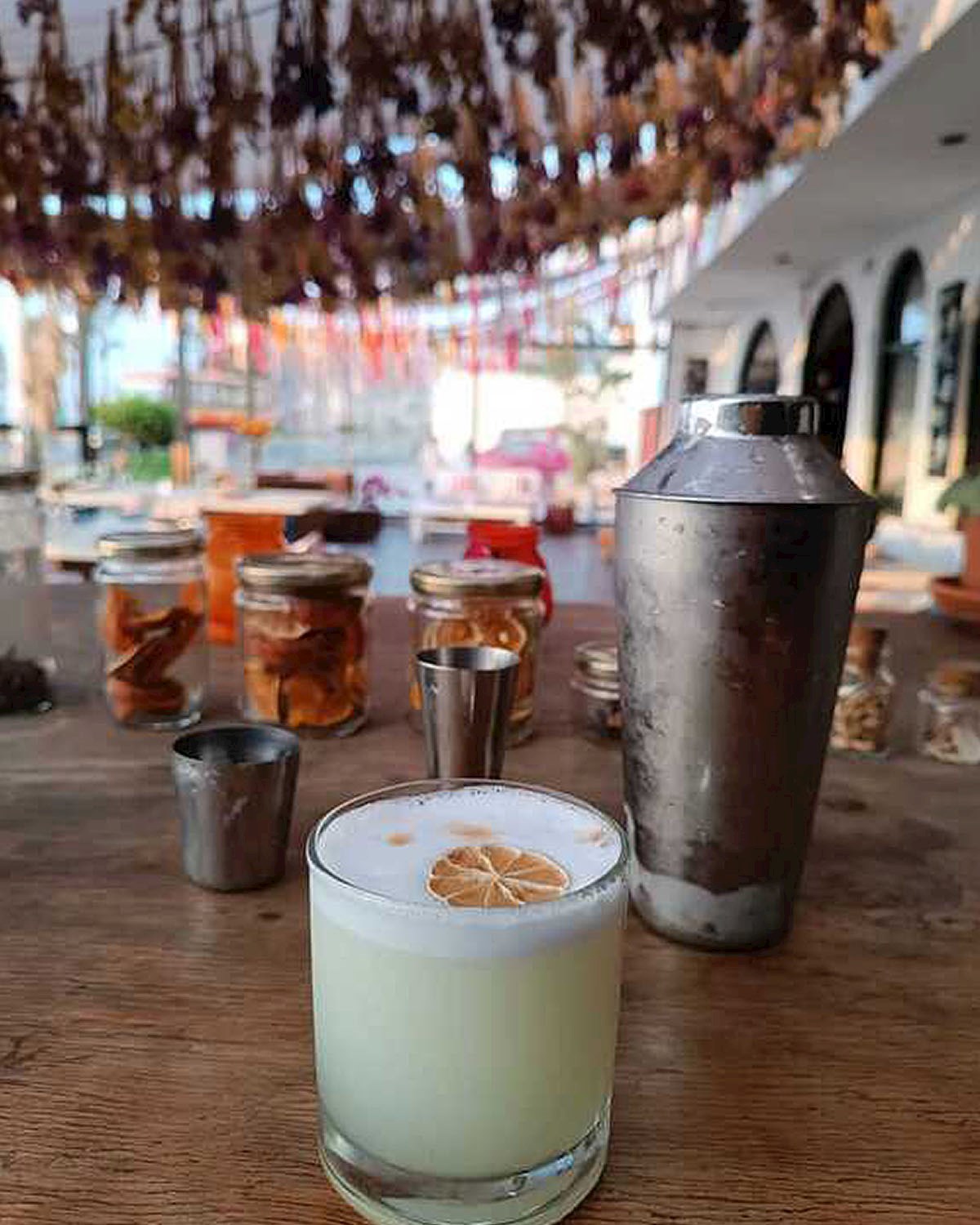 Pisco Sour is a perfect beach life refreshment - Credits: Club Colonial Huanchaco
Pisco Sour is a perfect beach life refreshment - Credits: Club Colonial Huanchaco
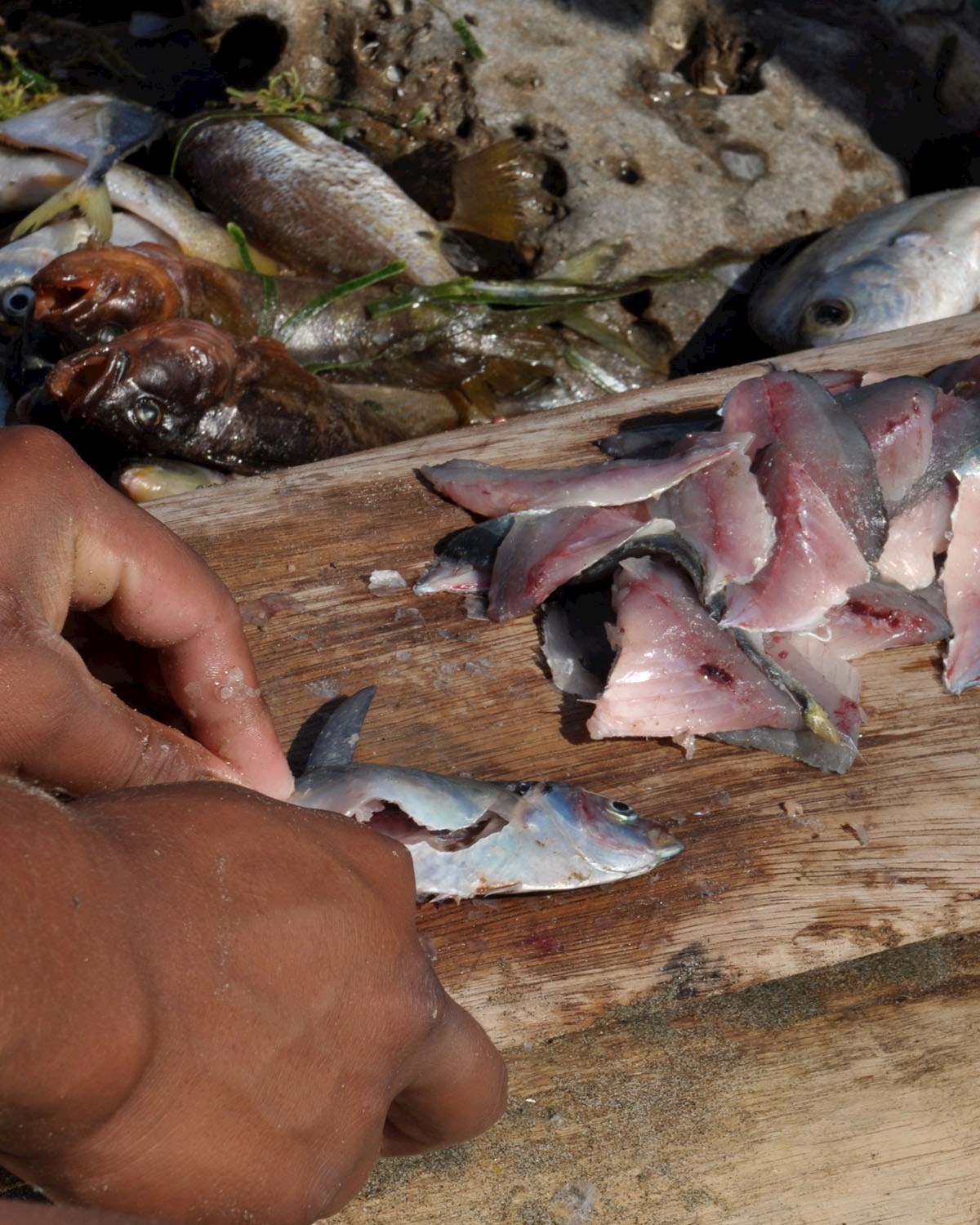 Fresh as fresh can be - Credits: Shutterstock
Fresh as fresh can be - Credits: Shutterstock
• CEVICHE DE CONCHAS NEGRAS
Ceviche de conchas negras, or black clam ceviche, is a distinctive culinary specialty from the coastal regions of Peru, particularly beloved in the north. This variation of the classic Peruvian ceviche highlights the dark, meaty flesh of the black clam. The clams are marinated in a tangy mix of fresh lime juice, red onions, and spicy aji peppers, allowing the flavors to blend. Revered for its unique flavor and believed aphrodisiac properties, ceviche de conchas negras remains an emblematic representation of the northern maritime gastronomy.
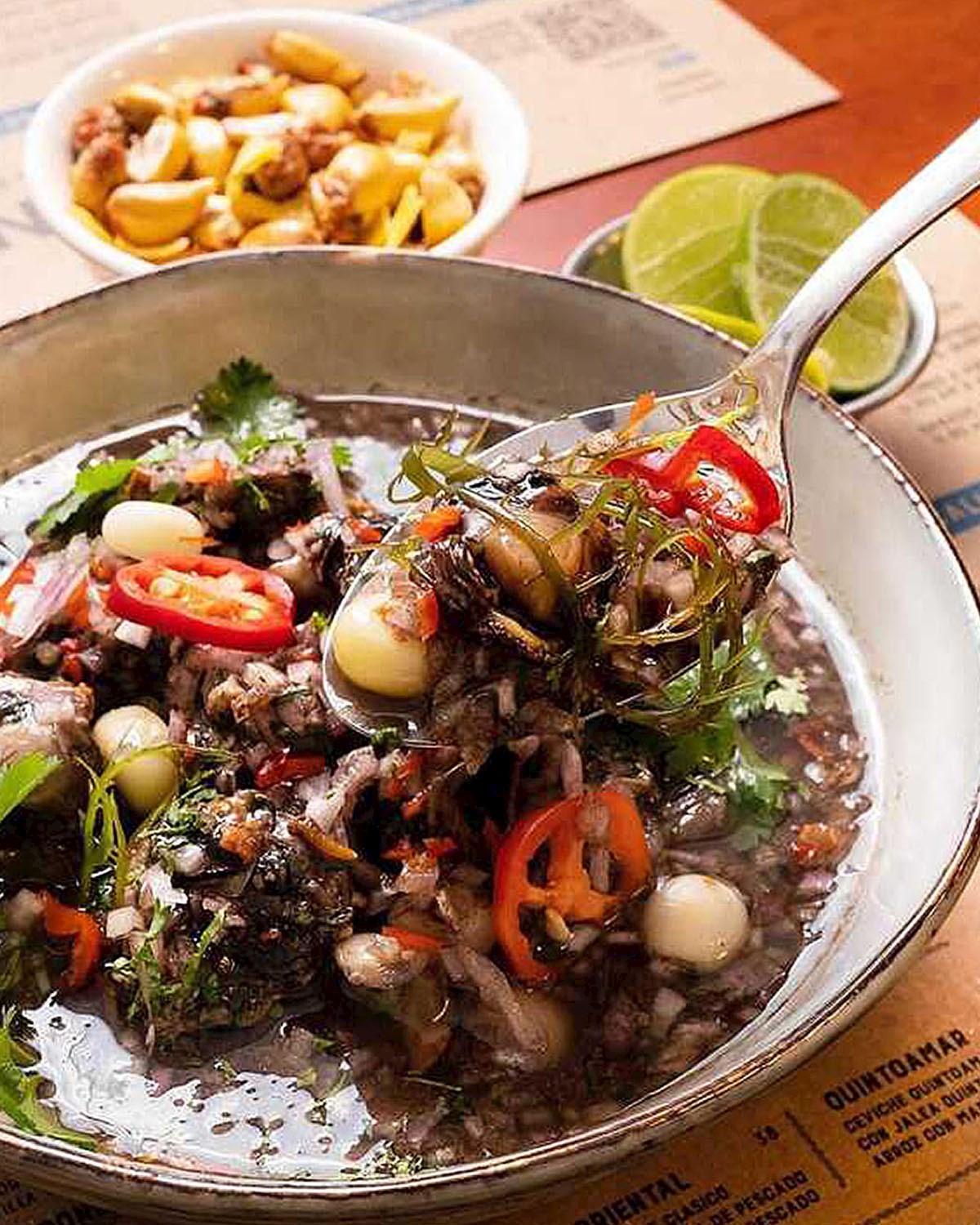 Ceviche de conchas negras - Credits: QUINTOAMAR - Cevicheria peruana
Ceviche de conchas negras - Credits: QUINTOAMAR - Cevicheria peruana
Learn more about Ceviche de conchas negras
• JALEA
North Peruvian jalea is a seafood dish of lightly breaded and deep-fried fish - most often tuna, halibut, cod, or striped bass - and other mixed seafood like octopus, squid, shrimps, and scallops. It is traditionally served with thinly sliced and fried plantains called chifles, and topped with a refreshingly tart salad of lime-marinated red onions, tomatoes, and cilantro.
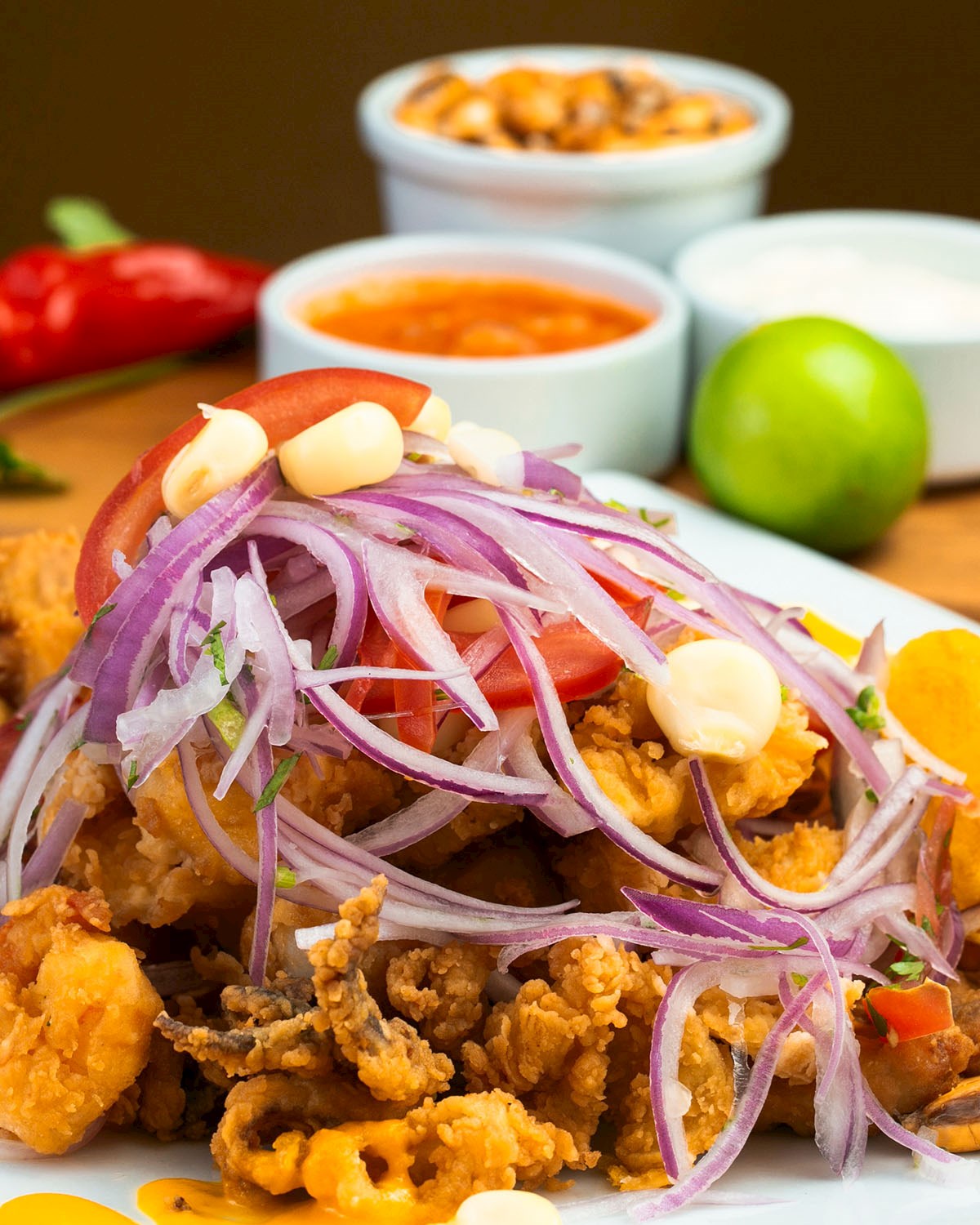 Jalea - Credits: Shutterstock
Jalea - Credits: Shutterstock
• SUDADO DE PESCADO
Sudado de pescado is a traditional Peruvian fish stew that typically features white fish, simmered gently in a fragrant broth made of tomatoes, onions, garlic, and aji peppers. The dish often includes touches of cilantro and is infused with a splash of beer or white wine, enhancing its depth of flavor, and is served with rice. Its rich, aromatic sauce and tender fish make it a must-try for anyone exploring the coastal cuisines of Peru.
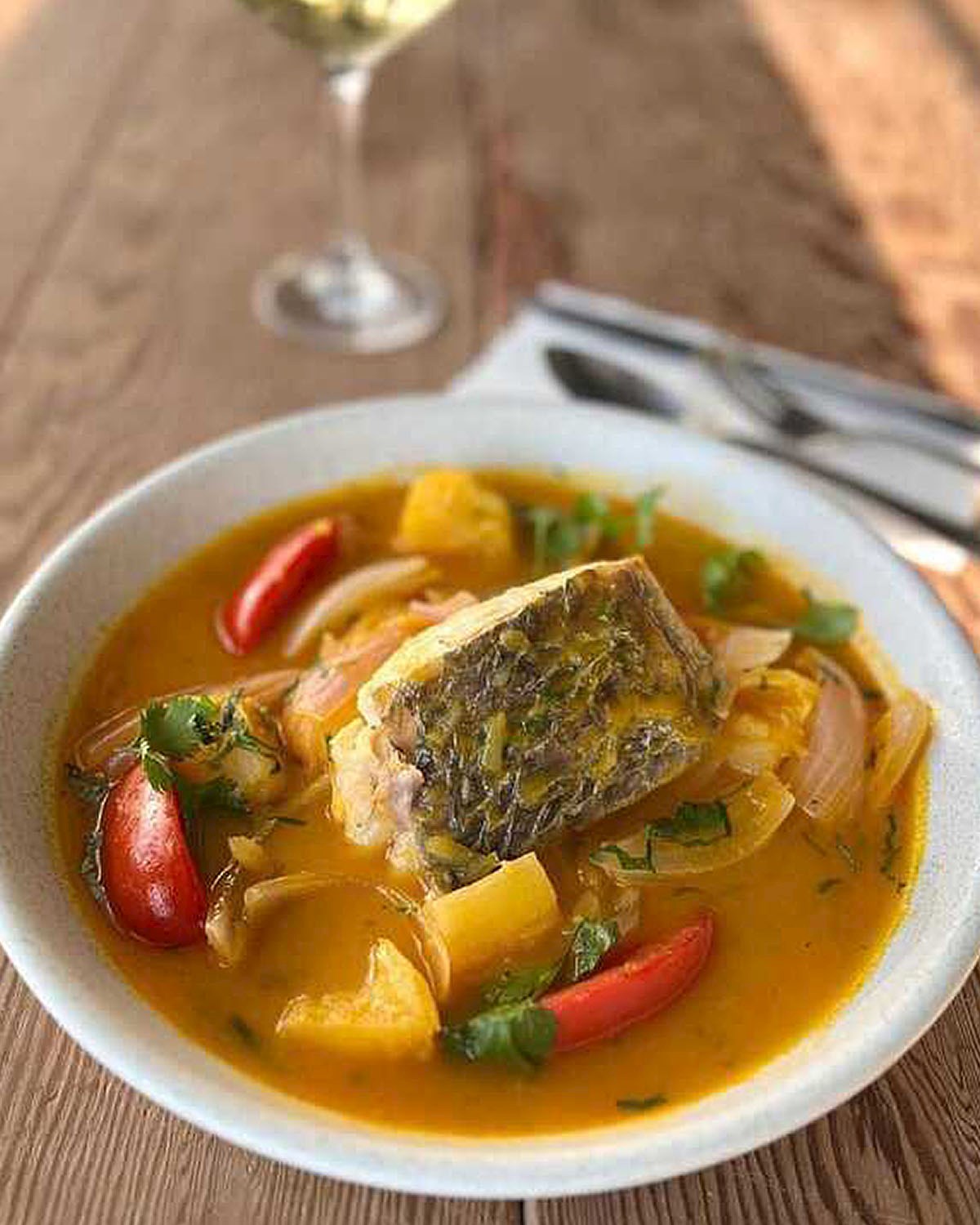 Sudado de pescado - Credits: El Señorio de Sulco
Sudado de pescado - Credits: El Señorio de Sulco
Learn more about Sudado de pescado
• CABRITO A LA NORTEÑA
Cabrito a la Norteña is a gastronomic jewel from the northern regions of Peru, especially cherished in cities like Trujillo and Chiclayo. This dish is all about young goat meat, which is slow-cooked until tender in a robust sauce infused with cilantro, garlic, and Peruvian chili peppers. The inclusion of chicha de jora, a fermented corn beer, imparts a unique flavor profile, adding depth and complexity to the dish. Usually served with rice, beans, or yucca, cabrito a la Norteña is a celebration of regional ingredients and traditional cooking techniques.
 Cabrito a la Norteña - Credits: Shutterstock
Cabrito a la Norteña - Credits: Shutterstock
Learn more about Cabrito a la Norteña
• ARROZ CON PATO A LA CHICLAYANA
Arroz con pato a la Chiclayana is a delicious rendition of the classic Peruvian duck and rice dish, emblematic of the Chiclayo region in northern Peru. The garlic, onions, and squash are cooked in oil, and then combined with the browned duck meat and water. Once the duck becomes tender, it's taken out, and the rice, peas, pepper, and coriander are simmered in the cooking liquid. Once cooked, the rice mixture is seasoned with lime juice and served alongside duck meat.
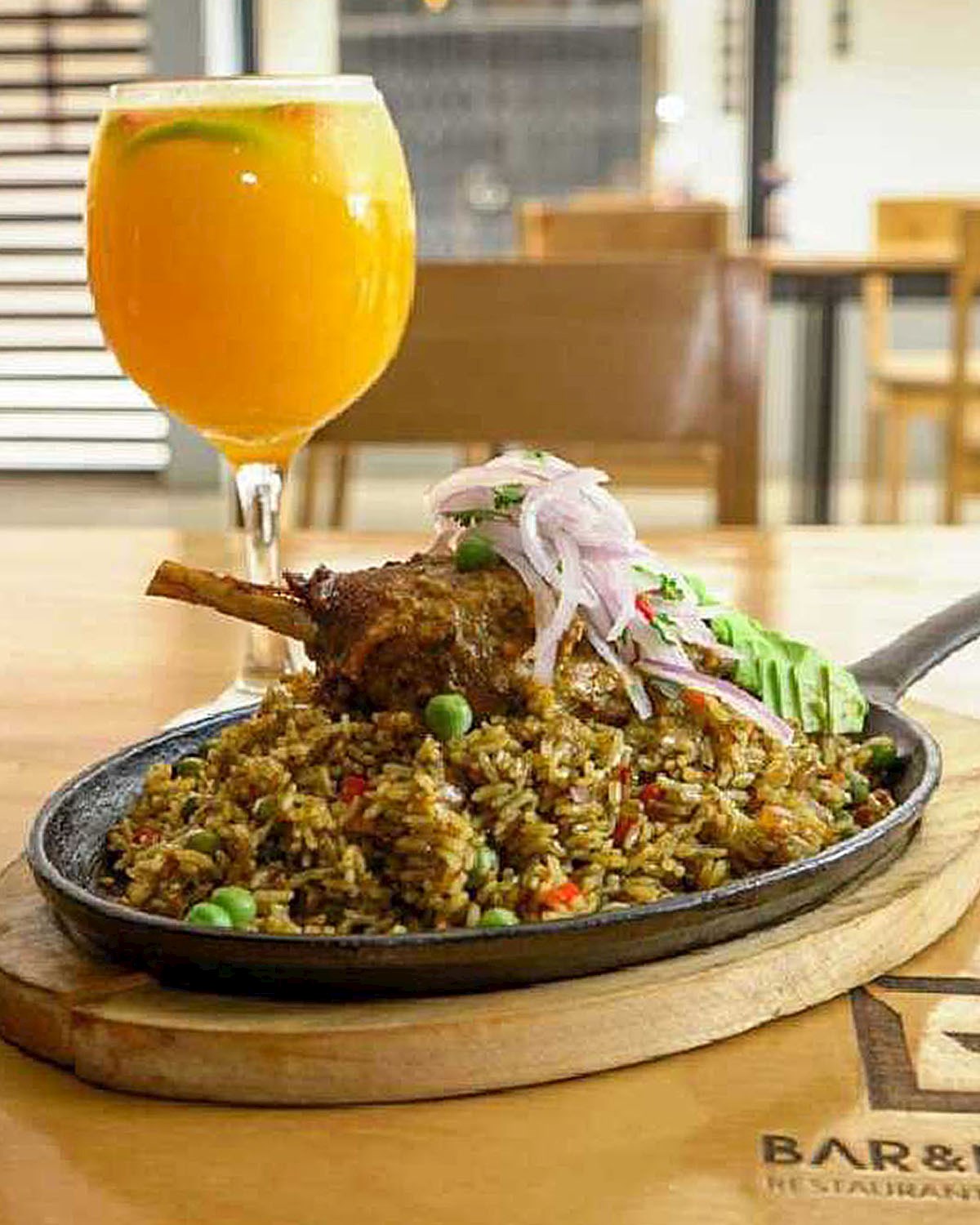 Arroz con pato a la Chiclayana - Credits: Bar&Loche
Arroz con pato a la Chiclayana - Credits: Bar&Loche
Learn more about Arroz con pato a la Chiclayana
• SHAMBAR
Shambar is a traditional soup from the northern Peruvian city of Trujillo, renowned for its hearty ingredients and flavorful depth. Typically consumed on Mondays, in order to prepare the working people for the upcoming week, this soup is a blend of wheat grains and various types (usually three) of beans, often accompanied by different meats such as pork, ham, and chorizo. The broth is seasoned with regional spices and aji chili peppers, and the dish is served with a slice of bread and regional chili sauces.
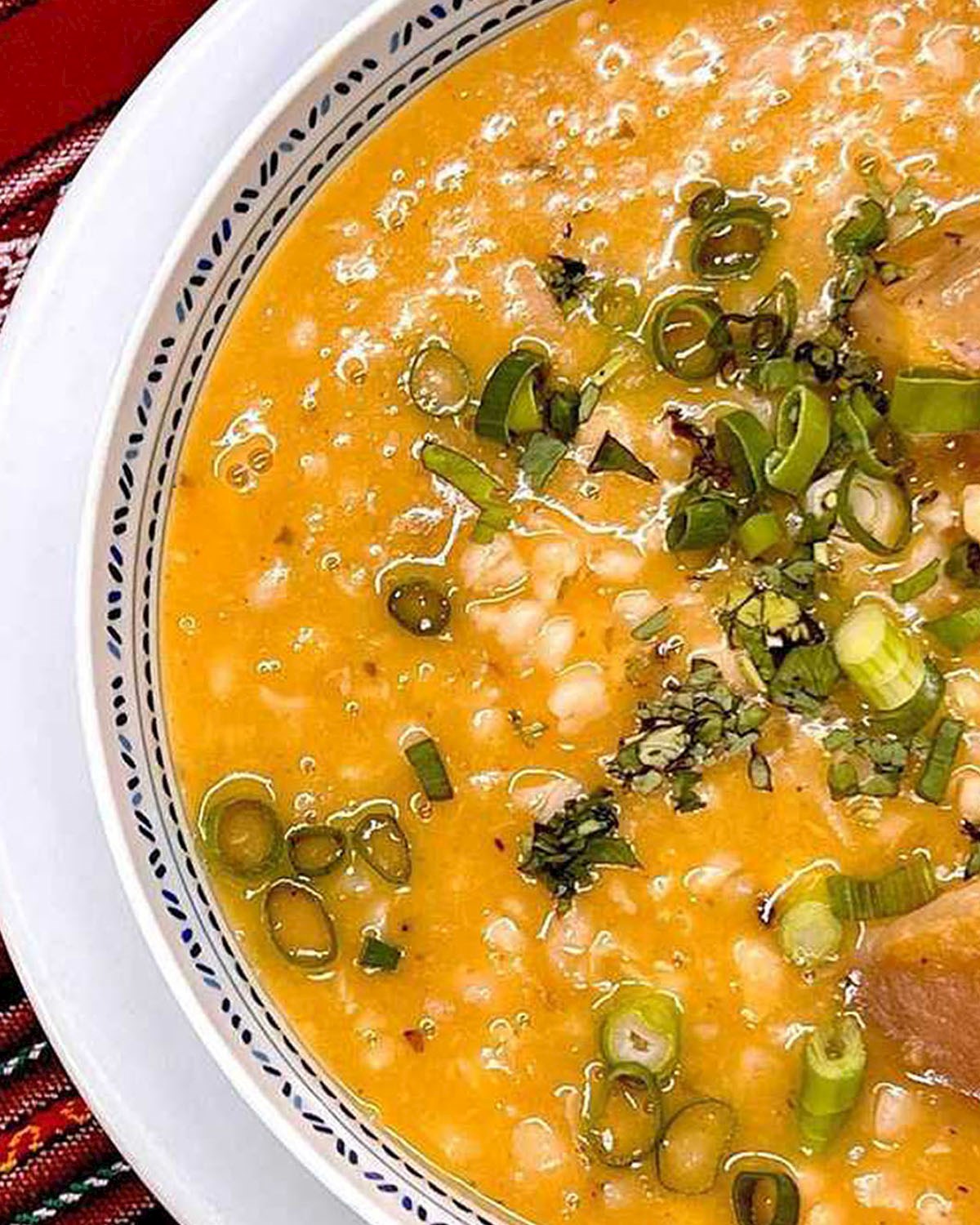 Shambar - Credits: Ysrael Ramirez
Shambar - Credits: Ysrael Ramirez
• PESCADO A LO MACHO
Pescado a lo macho features a lightly fried fillet of fish, typically sea bass or sole, smothered in a spicy and creamy seafood sauce. The sauce is a combination of various seafood items, such as shrimp, squid, and mussels, cooked in a tomato-based mixture with Peruvian chili peppers, garlic and various herbs and spices. Served with white rice, pescado a lo macho is a celebration of the Pacific Ocean's offerings, making it a favorite among seafood aficionados.
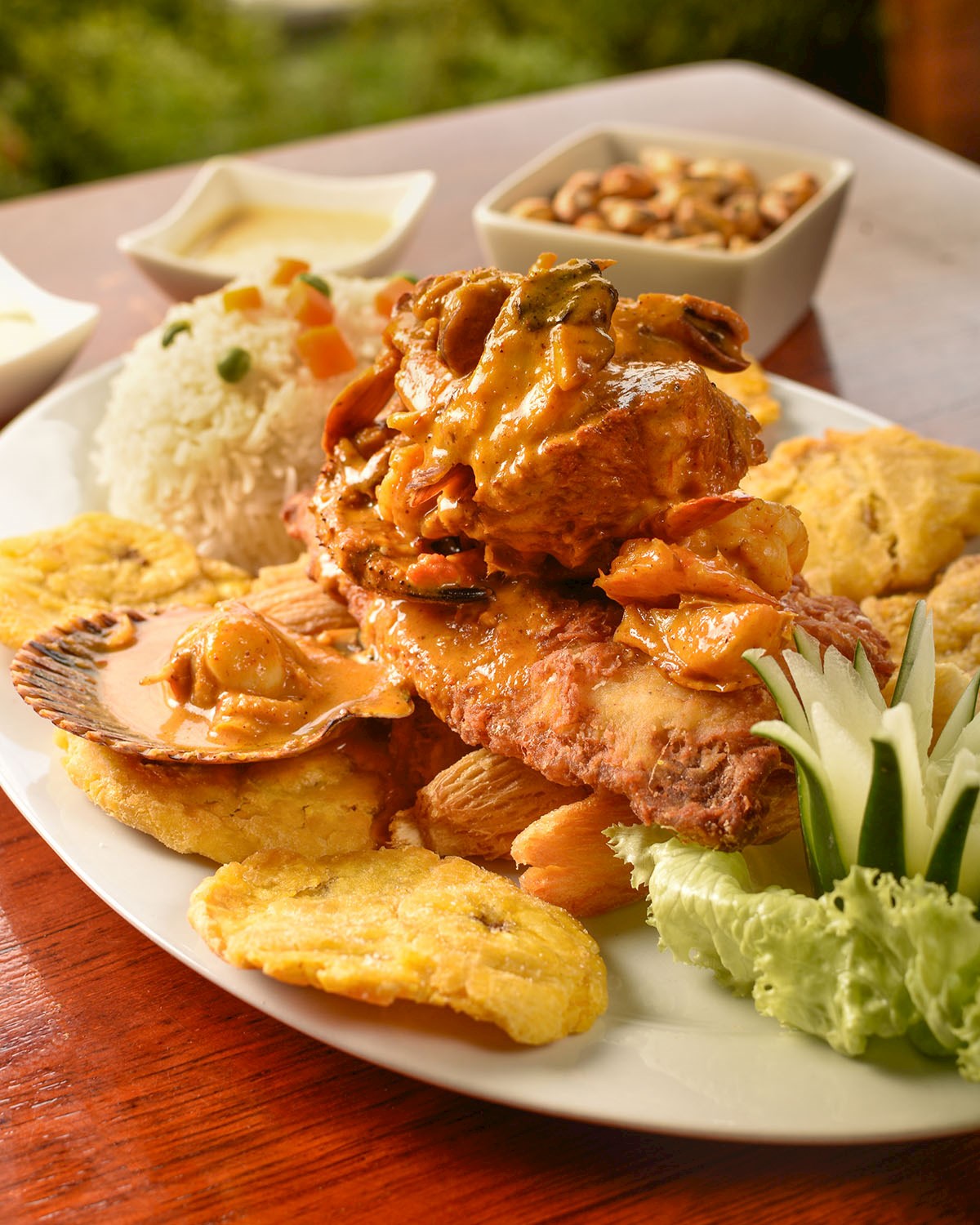 Pescado a lo macho - Credits: Shutterstock
Pescado a lo macho - Credits: Shutterstock
Learn more about Pescado a lo macho
Northern Coast is well-known for its cuisine, and there are many traditional restaurants that offer local dishes. Eduardo El Brujo in Tumbes is known for its coastal flavors, and serves a variety of seafood dishes, while Restaurante Julia in Piura is recognized for its traditional Peruvian cuisine with a local twist.
 Credits: JuLia
Credits: JuLia
Picantería Señor Chicherío in Catacoas offers the classic picantería experience with regional dishes, while Sabores Peruanos in Chiclayo celebrates the diversity of Peruvian gastronomy with a menu that spans the country's rich culinary landscape.
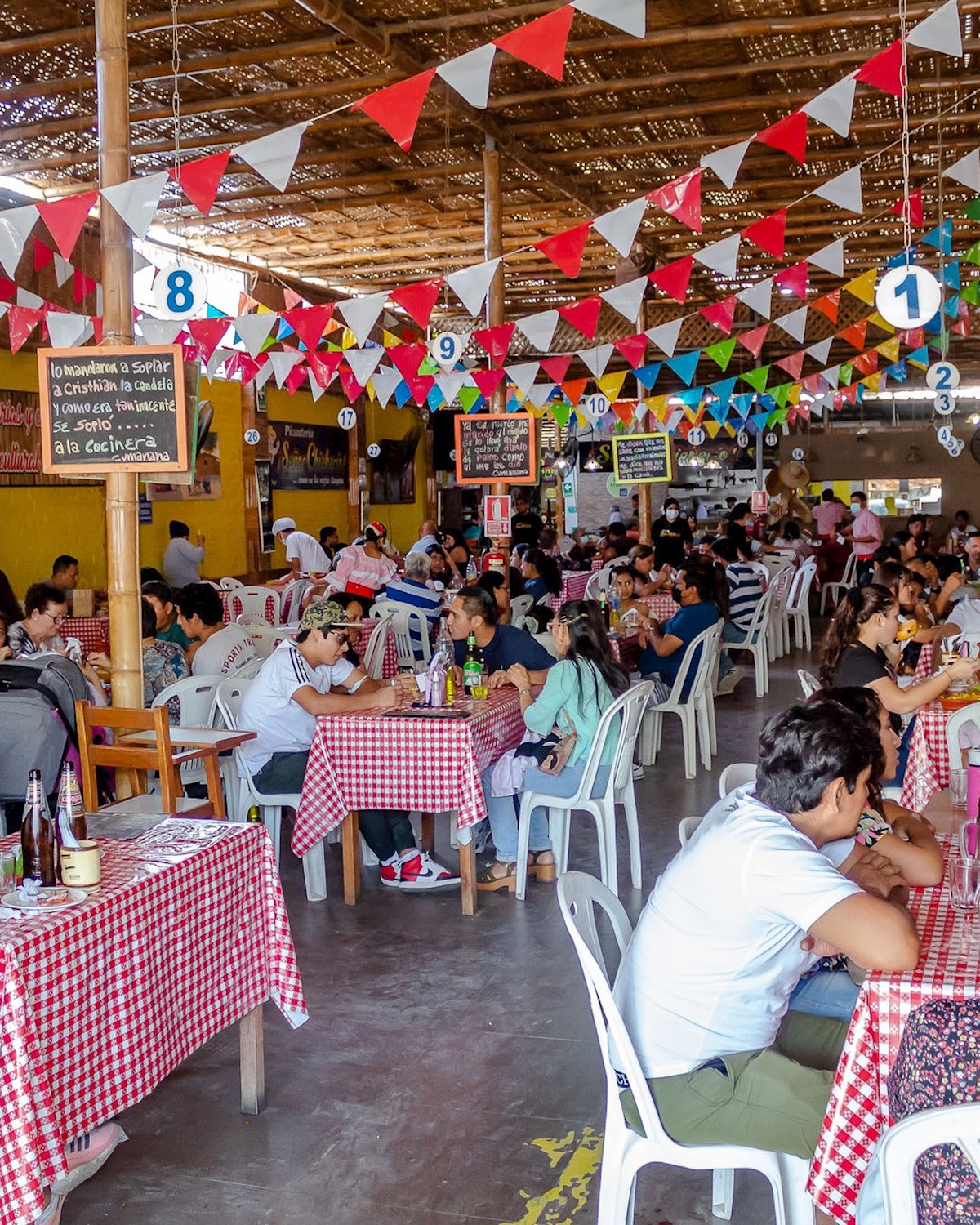 Credits: Señor Chicherío
Credits: Señor Chicherío
One of the main gastro-hubs is the city of Trujillo, with restaurants like Restaurant Romano Rincón Criollo, where guests can savor criollo dishes in the historical ambiance, and El Rincón De Vallejo, a traditional restaurant that blends traditional Peruvian ingredients with Latin influences.
What and where to eat in the Tumbes Region
What and where to eat in the Piura Region
What and where to eat in the Lambayeque Region
What and where to eat in the La Libertad Region
Learn more about the Peruvian North Coast

